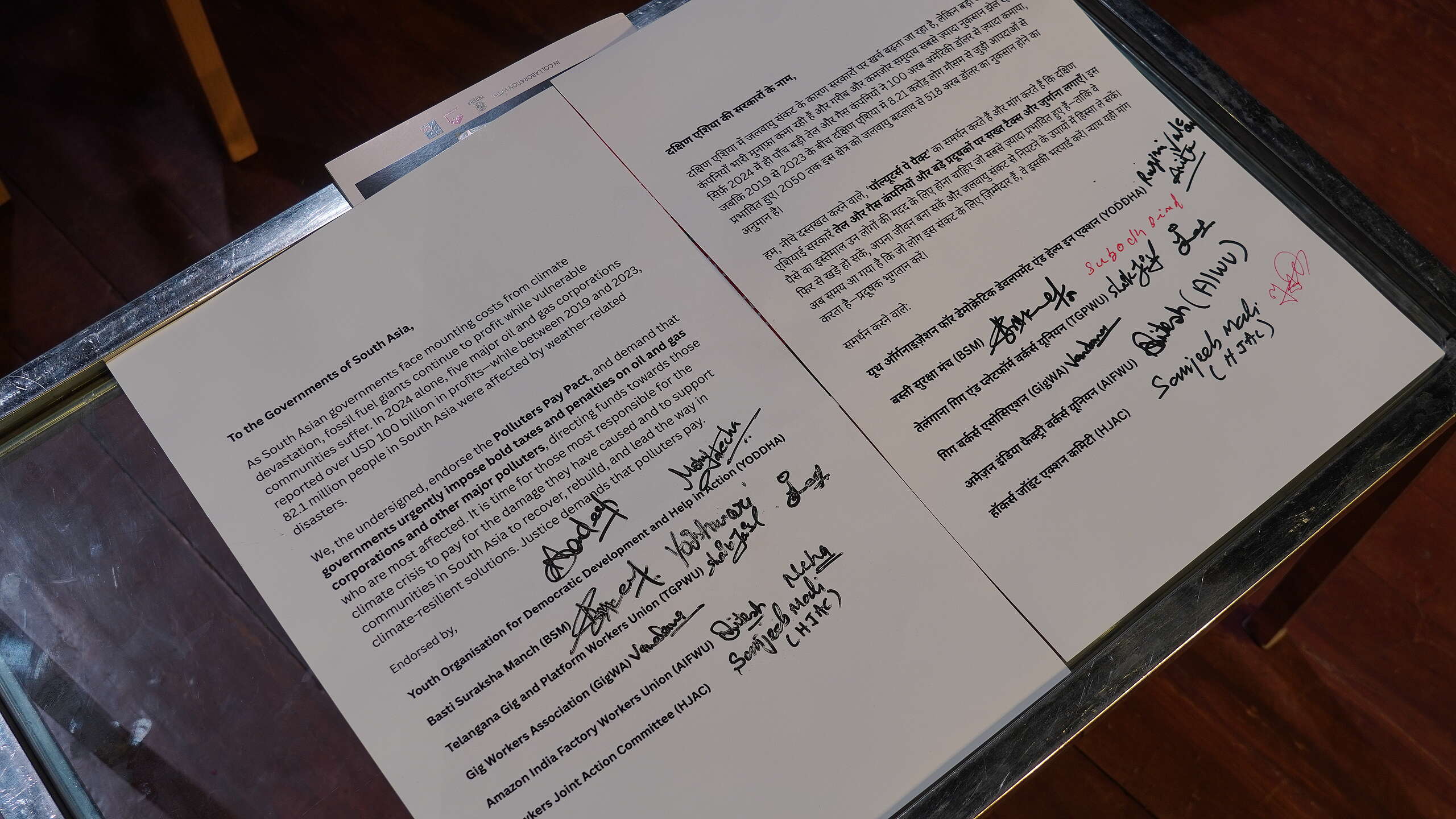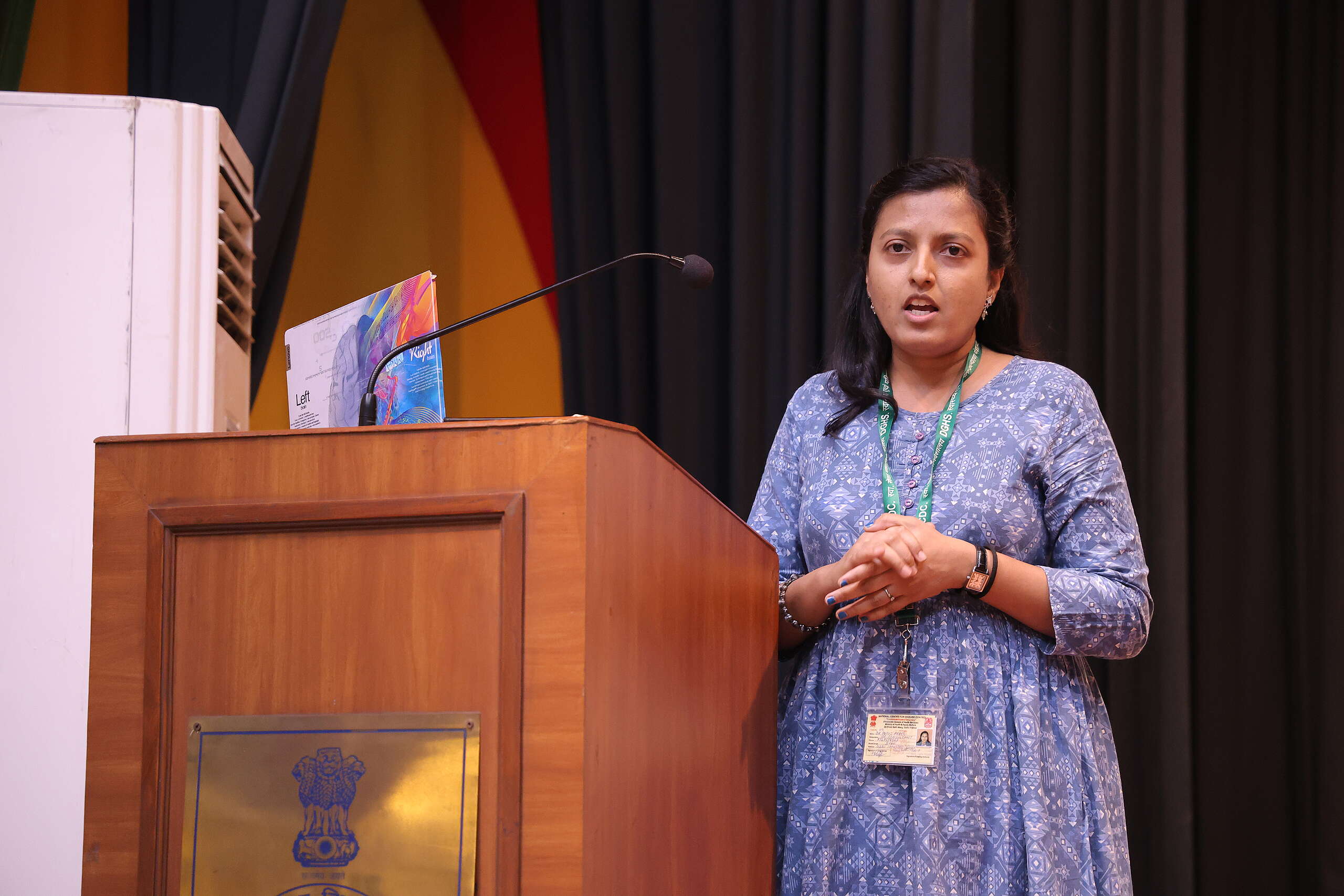Delhi, one of the most polluted cities in the world during winter, is in the news every year. The thick dense smog that engulfs the city often overshadows the pollution levels in other parts of the county. As a result, consistently high pollution levels in other cities are met with less stringent measures.
When the pollution level spikes up, quite often particulate matter takes the spotlight in public discourse, ignoring other pollutants that significantly contribute to the pollution levels, like nitrogen dioxide (NO2).
Nitrogen dioxide is a near-invisible toxic gas that is closely linked to traffic and fuel burning, and which is common in urban areas. Compared to particulate matter, NO2 has seldom been considered in conversations around pollution in India.
The report “Beyond the North”, uncovers:
- How highly polluted cities other than Delhi need immediate attention
- How nitrogen dioxide when mixed with other chemicals in the air, can react to generate other pollutants like particulate matter and ozone which are hazardous to health and exacerbate the pollution levels
- How nitrogen dioxide concentrations routinely breach health based standards
The Indian cities discussed in the report are Jaipur, Pune, Mumbai, Kolkata, Hyderabad, Bengaluru, and Chennai.
Despite their large populations and significant contributions as economic hubs, air quality in these cities receives relatively little attention when compared with Delhi.
Overall here is what the Analysis reveals
- In 2021, NO₂ pollution led to 21,000 years of healthy life lost due to illness or premature death. This is measured in DALYs (Disability-Adjusted Life Years), showing the serious health burden.
- Health based air quality standards from the World Health Organisation (WHO) are routinely breached. During 2023, 89% of monitoring stations exceeded annual health based pollution guidelines from the World Health Organisation across these seven cities.
- Exposure to NO2 in India is worse than in neighbouring countries. India has had the highest average annual population-weighted NO2 concentration in the South Asian region since 2002.
- Road traffic is consistently in the top three sectors for emissions of nitrogen oxides (NO2 and NO)
- Vehicle emission standards are not a complete solution. Mass use of internal combustion engine vehicles gives rise to numerous environmental and social problems, from pollution to noise and congestion
Health effects
Overwhelming scientific evidence links NO2 exposure to adverse health impacts.
- NO2 exposure increases the risk of asthma, airway inflammation, respiratory irritation, and the worsening of existing respiratory conditions. It can impair lung development, intensify allergies, and increase susceptibility to respiratory infections.
- The risks extend beyond respiratory health, and are linked to adult ischemic stroke, premature mortality, and deaths from circulatory diseases, ischaemic heart disease, and lung cancer.
- NO2 is especially relevant for child health, whose developing bodies are more susceptible to the health effects of air pollution.
Poor air quality is a serious public health issue and needs to be addressed. And Greenpeace has recommended the below.
- The Central Pollution Control Board (CPCB) must update the National Ambient Air Quality Standards, which were last revised in 2009, to follow the World Health Organisation’s sequence of interim targets and health based guidelines.
- Immediate measures are needed to address the existing health burden from air pollution that include
- Strengthening primary healthcare services’ ability to diagnose and treat air pollution-related conditions.
- Establishing and developing an easy-to-understand health advisory system, community education and timely alerts to the public during high pollution periods and offer guidance on protective measures.
- Prioritising health interventions for at-risk groups, including children, the elderly, pregnant women, outdoor workers, and individuals with pre-existing conditions,
- Authorities must adopt a regional air-shed management strategy that involves coordinated efforts across multiple cities and states within the same air shed, focusing on shared sources of pollution, cross-boundary impacts, and collaborative solutions.
- Local governments should target vehicular emissions by supporting enhancing public transport systems by taking examples from some of the states that have implemented fare free schemes successfully for women. These initiatives not only reduce the financial burden on commuters but also encourage the use of public transport. Governments should focus on making it both affordable and accessible for all citizens. This could involve increasing the number of buses, expanding bus networks, reducing fare prices, and ensuring that transport is available in underserved areas. Additionally, improving bus stops with better lighting and security cameras would enhance safety and encourage greater usage
- Increased investment should be directed towards developing “hybrid” air quality monitoring networks that integrate low-cost sensors with existing systems and satellite data. In-depth data gathering and analysis will allow progress to be tracked and support more effective and targeted interventions.
Acknowledgements
This report was made possible through the collaborative efforts of Ali Abbas, Avinash Kumar Chanchal, Selomi Garnaik, Aidan Farrow, Igor Glushkov, Coco Wu, and Jeffrey Albertson-Kwok, whose insights and dedication greatly contributed to its depth and impact.
We extend our gratitude to Anirudh from the International Council on Clean Transportation (ICCT) for providing valuable peer review, enhancing the report’s rigour and quality. Anirudh Narla is a researcher for ICCT’s vehicular emissions testing, electric vehicles and heavy-duty vehicles programs in India.



